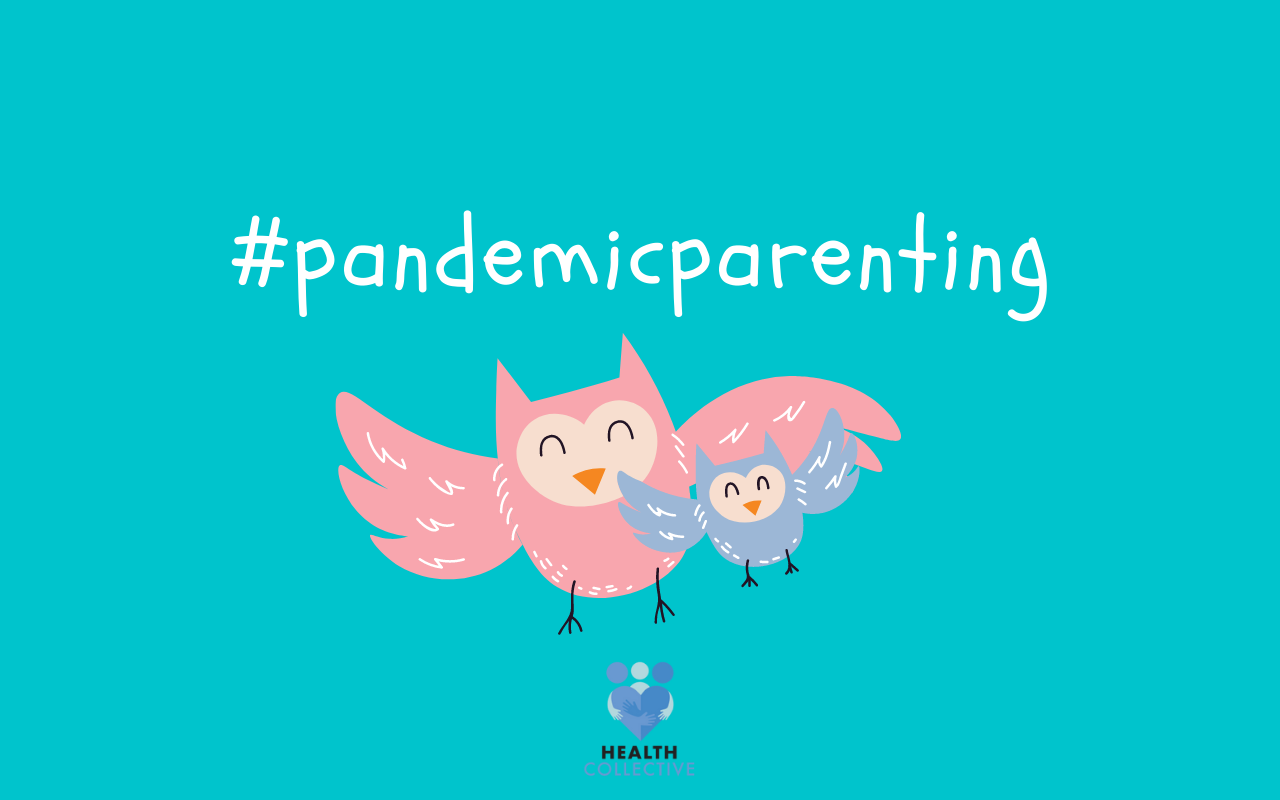Understanding ADHD/ ADD
What comes to mind when you think of Attention Deficit Hyperactive Disorder (ADHD) or Attention Deficit Disorder (ADD)?
“Unfortunately a child who has ADHD is always imagined/perceived as a child who has excess energy, fidgety and most probably bored and in my mind an under-utilised child,” says Janki Mehta, Co-founder Mind Mandala.
When we think of ADHD, we think of hyperactivity. We think of disruptive behaviour, and we are most often imaging a young boy fidgeting, shouting or causing a scene.
“His idle mind often is a devil’s workshop and yet again I’m only commenting on his energy and we are at fault, we have not found a way to use his energy productively. These children often when guided well emotionally can excel in something just finding a way beyond this regular schooling system will help,” Mehta tells The Health Collective.
Art by Kishore Mohan/ Health Collective
Our thinking pattern aligns with research that says ADHD is a hyperactive, impulsive condition.The hyperactivity associated with ADHD is more often seen in boys, with other symptoms like inattentiveness, distraction and disorganisation, reportedly often being missed, in girls.
“It would be harder to diagnose girls than boys. One of the reasons being cultural norms where girls are taught to behave themselves at all times whilst boys are allowed to act in an outward manner,” Havovi Hyderabadwalla, Co-founder Mind Mandala tells The Health Collective.
Undiagnosed in childhood, girls can grow into women with untreated or unmanaged ADHD, with potentially severe repercussions to their mental health and well-being. ADHD tends to manifest later in girls than in boys, according to this piece in Quartz, it manifests in puberty for girls. The tumultuous, confusing time of puberty is when girls anyway see a dip in their self-esteem.
Child and Adolescent Psychiatrist Dr Amit Sen tells The Health Collective that ADHD/ ADD is one of the most common disorders in childhood, though he acknowledges that there is still ongoing debate and controversy on whether it’s over-diagnosed in some countries.
“However, if you see the scientific literature and wide-scale studies by the WHO across the world including in centres in India, you will find that the prevalence of ADHD is as high as 5% at least, whereas in some Western countries, it’s thought to be 10%,” Dr Sen tells The Health Collective.
WHAT IS ADHD
ADHD is a neuro-developmental disorder and there are widely thought to be 3 main types:
-
Predominantly hyperactive
-
Predominantly inattentive (ADD)
-
Combined inattentive-hyperactive
Common signs would include being distracted, having poor concentration, interrupting, talking and fidgeting and difficulty staying focused.
“To a lay person, ADHD children tend to come across as ‘difficult’, ‘badly behaved’ or ‘purposely’ behaving in a particular manner. From a professional point of view, we understand that these children suffer from a neuro-chemical imbalance in the brain which leads them to behave the way they do. Most of these children suffer from a lot of emotional turmoil and have a hard time developing a secure sense of self. They require great amount of patience and nurturing from their family and different social support systems like peers and teachers to help them grow,” says Havovi Hyderabadwalla, co-founder Mind Mandala.
ALSO READ: Ask The Experts: Child and Adolescent Mental Health
The India picture seems varied. We welcome your stories, comments and feedback — share with us right here or tweet @healthcollectif.
Further reading: ADHD in India: A Complex Condition in The Swaddle
*COMING SOON: More from Dr Amit Sen on ADD/ ADHD in our ‘ASK THE EXPERTS’ VIDEOS*
Disclaimer: Material on The Health Collective cannot substitute for expert advice from a trained professional.






Pingback: Mental Health and You: Words that Stick